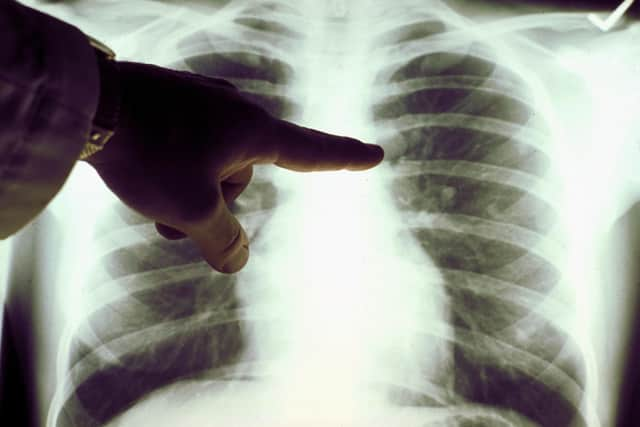‘Significantly higher’ lung cancer incidence in Western Trust and drop in survival over COVID-19
and live on Freeview channel 276
New research from the Northern Ireland Cancer Registry at Queen’s shows that between 2016 and 2020 people from the north west were more likely to receive a lung cancer diagnosis than their counterparts in all other areas apart from Belfast. Over the five years there were 1,116 cases of lung cancer in the Western Trust - an average of 223 cases per year. This gave a standardised incidence ratio, which takes account of population size and age structure, of 106.7 - against a baseline for the north of 100. Researchers at the NICR point out that income is one of the major risk factors for lung cancer.
“Lung cancer incidence rates were 69% higher in the most deprived areas compared to the Northern Ireland average and were 34% lower than average in the least deprived areas,” they state.
Age also significantly increases the risk of a diagnosis.


Advertisement
Hide AdAdvertisement
Hide Ad“Lung cancer risk was strongly related to age with 42% of cases occurring among people aged 75 years and over. The odds of developing lung cancer by the age of 75 during 2016-2020 was 1 in 24. By the age of 85 it was 1 in 13,” the authors of the report state.
The report also analysed the impact of the COVID-19 pandemic on lung cancer incidence and survival rates.
Comparing the April-December 2020 period when COVID-19 was present to the equivalent April-December period in 2018-2019, the number of cases of lung cancer decreased by 7 per cent from 1,029 per year in 2018-2019 to 952 in 2020.
However, ‘observed survival (which considers death from any cause) among lung cancer patients one month after diagnosis decreased from 87% among those diagnosed in April-December of 2018-2019 to 83% among those diagnosed in AprilDecember of 2020, while three-month survival decreased from 70% to 63%’.